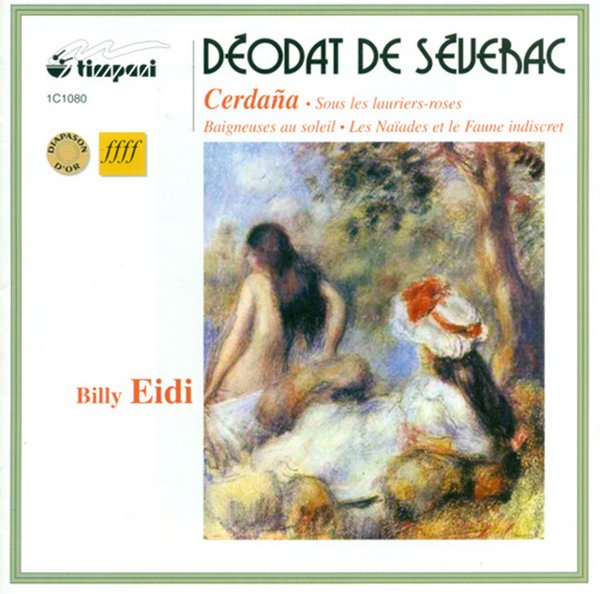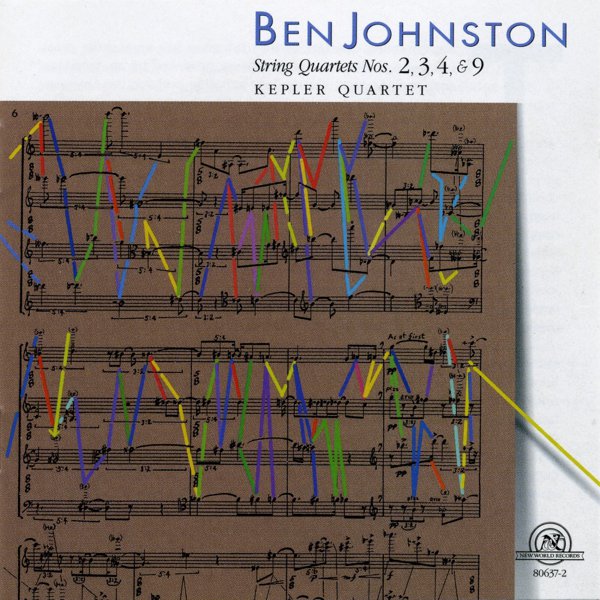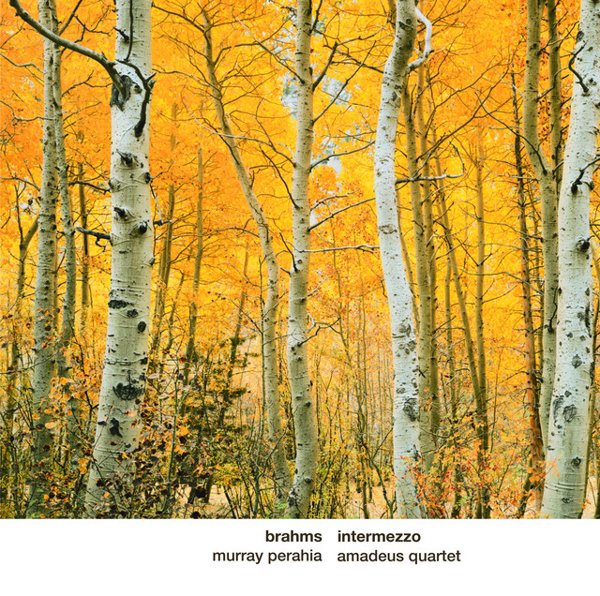How come so little attention has been paid to the magnificent piano music of Déodat de Séverac? Is it that he died young, aged 48 in 1921, before his reputation had been fully cemented with that of his contemporaries, Albéniz, Debussy, Ravel, Canteloube, and Granados? Is it that he shunned the hubbub and hustle culture of Paris, instead settling in the sprawling vineyards and sunny olive groves of his native Languedoc? Is it that, save a phenomenal 1981 survey by Aldo Ciccolini, no pianists of international renown have championed his work? Listening to this resplendent Séverac recital, you will be left with more questions than answers.
You can’t go wrong with Ciccolini’s aforementioned survey, but Billy Eidi’s 2004 album offers a more focused introduction to the composer, played with equal fluidity and vigor. At its heart is Séverac’s magnum opus, the five-movement suite Cerdaña. Titled after a roughly 400-square mile region nestled in the Pyrenees between France, Spain, and Andorra, Séverac completed Cerdaña in 1911, two years after his friend and mentor Isaac Albéniz published his monumental suite Iberia with the same aim of capturing scenes of parochial Catalan life through sensuously detailed, celebratory canvases of virtuoso pianism. Cerdaña’s amusingly contrasting final two movements – which depict a team of mule-drivers reverentially praying at a wooden statue of Christ, then high-tailing it home with raucous abandon – are especially to be savored.
Next time you meet a talented pianist, tell them you know a work that is every bit the equal of Albéniz’s Iberia, but programmed by virtually no one. They will thank you, salivating.













